How Veuve Clicquot rewrote the rules of luxury
Barbe-Nicole Clicquot and the art of everyday indulgence
December 19 2024 | London, UK
Happy Thursday, and welcome back to the Brandsider.
My mom was in town last week, and I must say it was lovely to see London through her eyes. Having moved here for work in 2021, and then again this past September, I never did any of the touristy things. But a girl’s getaway felt like the perfect opportunity to visit the London Eye, dinner at Darwin, Liberty, Kew Gardens and, of course, shopping on Oxford / Regent Street. Seeing the streets lit up for Christmas was beautiful – and we weren’t the only ones to think so. There were so many people crowded at the intersection that my mobile phone service stopped working (from working in Telecom, I know how truly insane that is!)
With that having put me in the Christmas spirit, I was on the hunt for gifts for my loved ones. And while I’m not one to buy luxury products for myself, I do love gifting small indulgences. The ultimate cadeau in my book? A bottle of champagne.
I never have given much thought to champagne brands, as my purchasing of them is seldom, but I recently had the opportunity to watch the Widow Clicquot movie on a business flight back from Dubai. And I don’t think I can ever look back (or buy another brand of champagne for that matter).
Widow Clicquot tells the story of a young widow (veuve, in French) who inherited the Veuve Clicquot house of champagne at just 27. In a climate when women were prohibited from owning businesses, and the Napoleonic wars raged on, this incredible woman moved mountains (and earth, and vines) to build the foundation for a brand still thriving 250 years later.
I won’t spoil the movie, but it’s truly no surprise that Veuve has been around as long as it has. In this week’s Strategy Dossier, we’ll be diving deep into the world of Veuve Clicquot, unpacking what makes it such an exceptional brand.
But first, what’s been on my mind lately…
Intel files
Random brand news, articles and tidbits on my mind this past week.
🚗 Honda and Nissan eye a merger
It’s been a rough year for the automotive industry. VW recently announced it would be shutting down three factories in Germany and laying off thousands. Even luxury players like Jaguar are rethinking how they go to market (clearly). Between lower consumer demand and competition from EVs and Chinese players, the entire sector is feeling stretched. It’s thus no surprise that, Honda and Nissan are reportedly exploring a mega merger of Japan’s 2nd and 3rd biggest auto producers. I expect more brand and M&A activity in 2025 with plenty of juicy brand case studies to follow.
📺 Netflix tightens up on parental leave
Once a pioneer of permissive startup culture, Netflix is stepping back from unlimited first year parental leave—a policy that helped shape its reputation as an inclusive employer. I’m curious how this shift will impact its internal culture – and external perception as a brand. You can read more in the WSJ article here.
✈️ Billie still hasn’t sky-dived…
Vanity Fair’s 8th annual Billie Eilish interview is out, and we now have eight years of footage tracing her journey from moody teenager to thriving young woman. I, for one, am so glad that this kind of content exists. It’s also a reminder of why YouTube captures 10.4% of daily time Americans spend watching TV, and is by far the most used social platform.
🥤Olipop and prebiotic industry plants
Olipop officially joined the big leagues with its $14M Super Bowl ad this year. The startup soda brand brought prebiotic soda into the spotlight, and now Coca-Cola (SimplyPop) and PepsiCo (Soulboost) are launching challengers. Here’s the thing: people are obsessed with Olipop and Poppi, the two health startups currently dominating the space, so brand will be the make or break for these new ‘industry plant’ players. But can grassroots brand love outspend corporate marketing dollars and top-tier distribution? TBC.
💧Alex Cooper launches ‘Unwell Hydration’
Though I can appreciate the brand Alex Cooper has built, her new wellness drink announcement has left me (and a lot of people) feeling a bit queasy. Named after one of her iconic catchphrases, Unwell Hydration is looking to capitalize on the growing health drink space and Call her Daddy’s female audience. Positioning as ‘by women, for women’, the brand’s launch and partnership with Nestle feels slightly cash grabby. It’s memorable, with on-trend packaging. But is it good branding? We will have to see.
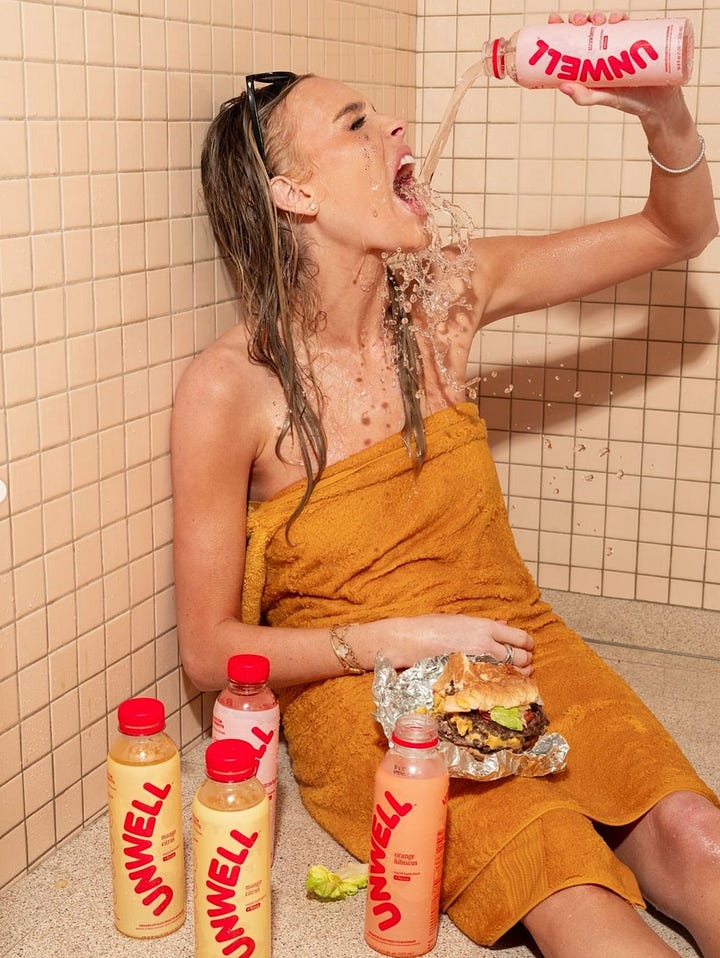
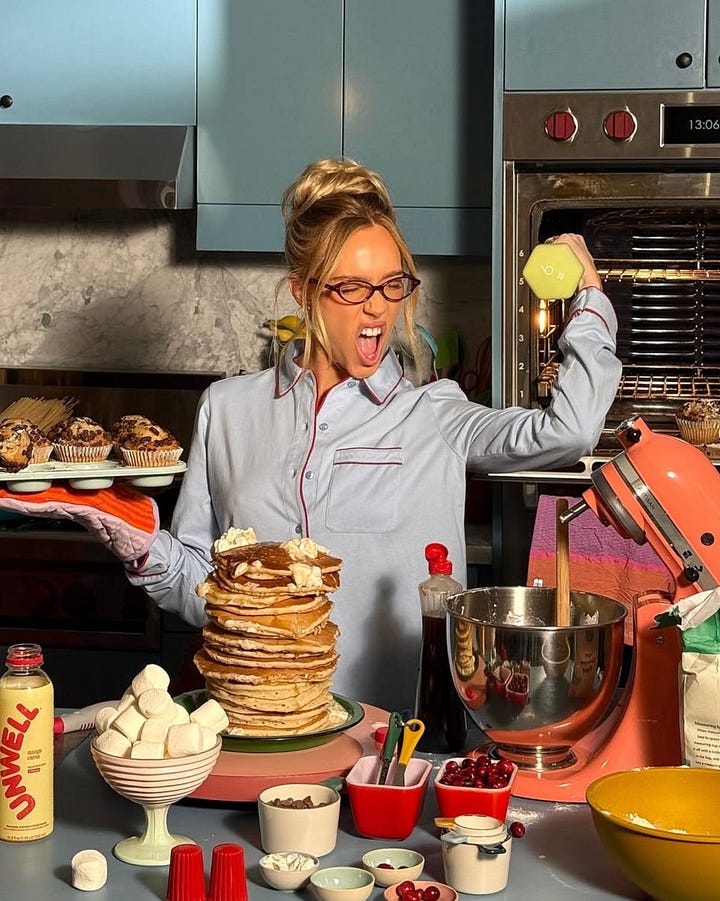
🍇 Branded grapes, anyone?
Ever wonder why the produce at the grocery store isn’t branded? Me neither—until Ellen Kellogg’s compelling piece in On Brand got me thinking. As food prices rise and differences between supermarkets shrink, branded produce feels like the next step. And now I’m dying to try those Cotton Candy™ grapes from Waitrose over Christmas.
What caught your eye this week? Would love to hear about any brand moves I may have missed.
Strategy Dossier
A deep dive into the strategic moves behind today’s biggest brands.
Founded in 1772 by the trailblazing Barbe-Nicole, Veuve Clicquot is one of the oldest and most defining champagne houses.
But today, Veuve’s reputation is just as tied to modern culture as it is to its heritage. You might associate it with Wiz Khalifa’s music videos or the brand’s iconic influencer-studded Polo events. Its signature yellow label is everywhere—from liquor stores to nightclubs.
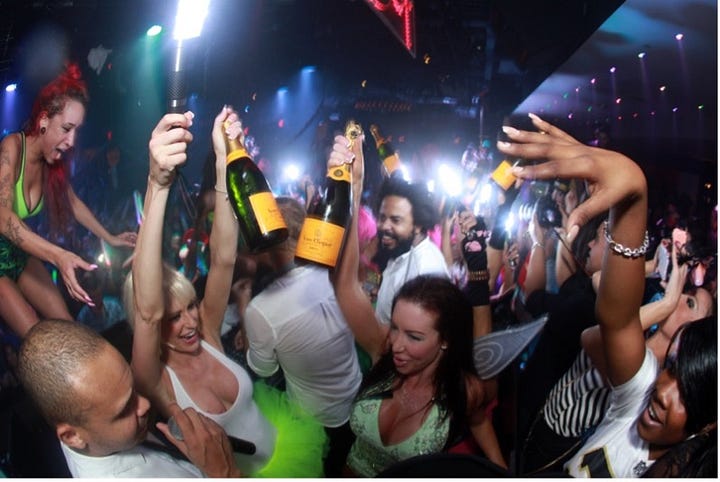
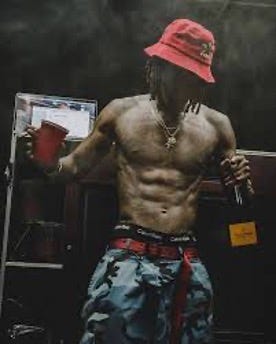
This ubiquity has spelt financial success. While Veuve doesn’t publish its numbers as a subsidiary of LVMH, it is “by very, very far the biggest champagne house in the US.”
But this success has come with a cost. Critics argue that Veuve has traded heritage and quality for mass-market appeal.
“It’s mass-produced, it’s punchy and overplayed… it’s not what people want to drink in a champagne anymore,”
“The worst part about [Veuve Clicquot]? It invites non-champagne people to think they are”
While I’m no oenophile (a wine expert, for those wondering—yes, I just learned that), the same concerns around being ubiquitous and overdone also apply to brands.
When brands grow too fast, they risk losing their DNA in the pursuit of scale. The result? A watered-down identity that tries to be everything to everyone, and ends up standing for nothing.
But that’s not the case for Veuve.
The Brand Bet
Veuve Clicquot continues to thrive because it doesn’t follow traditional luxury conventions. It writes its own rules.
From inception, the brand has embraced innovation, accessibility, and disruption—values instilled by its founder, Barbe-Nicole, who revolutionized champagne-making at a time when women weren’t even allowed to own businesses.
Today, over 250 years later, those same principles guide Veuve’s success. The brand doesn’t rely on snobby connoisseurs’ approval to thrive. Instead, it democratizes luxury, creating champagne that even “non-champagne people” can enjoy without losing its premium identity.
While critics may debate the quality of its product, Veuve remains laser-focused on its mission: making everyday indulgence accessible, without compromising its DNA.
It’s this unshakable commitment that has allowed Veuve to dominate globally while rewriting the rules of luxury.
Let’s explore how the defining moves that have propelled Veuve to the forefront of the champagne industry.
Defining Moves
Defining Move 1:
A brand idea rooted in disruption
Veuve Clicquot’s core brand idea is rooted in disruption and rule-breaking—a legacy established by its founder.
Beyond simply emphasizing its long-standing history through, Veuve draws on the emotional story of Barbe-Nicole. Since 1972, they have proudly hosted the Bold Woman Award, which honours her legacy and celebrates entrepreneurial women who ‘dare to disrupt’.
But while Veuve Clicquot’s brand is synonymous with disruption, this edge has always been paired with its unshakable commitment to quality and craftsmanship. Barbe-Nicole worked daily in the vineyards and personally pioneered industry-changing innovations like the first vintage champagne, the riddling table, and the blended rosé champagne. These inventions all shaped modern champagne production and earned her the title “La Grande Dame de Champagne.”
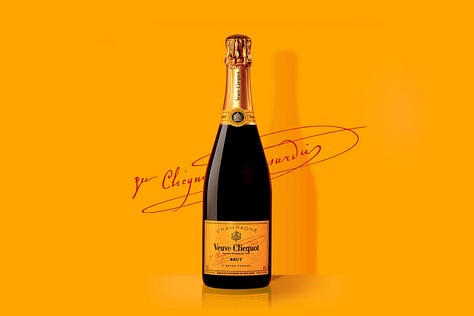
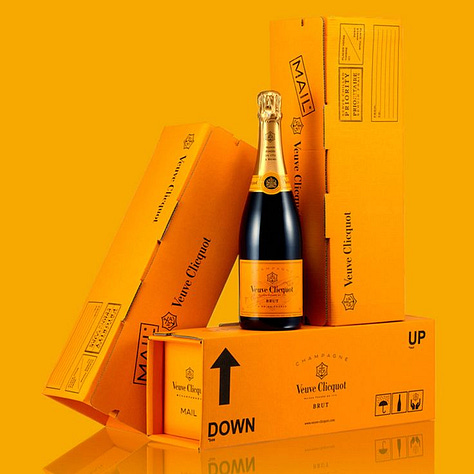
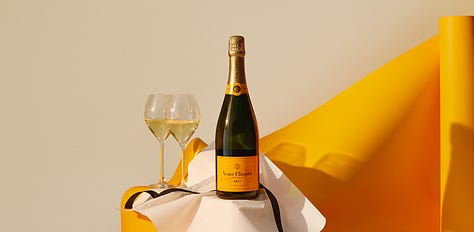
This unique brand DNA – innovative, rooted in quality, and unmistakably female – comes to life perhaps most beautifully in Veuve’s vibrant branding. Its signature yellow, chosen by Barbe-Nicole perhaps as a nod to her daughter Clementine, stands out against traditional luxury colors like red and gold. Luxurious yet joyful, Veuve’s branding and positioning reflect its rule-breaking spirit while staying true to its craft.
-
Defining Move 2:
Positioning for everyday indulgence
In the unforgiving world of luxury, where exclusivity is often the selling point, Veuve Clicquot defies industry logic.
Rather than positioning champagne as precious or reserved for special occasions, Veuve frames it as a personal indulgence—an everyday luxury.
This approach isn’t new for Veuve. In 1964, the brand ran a subversive ad featuring a bottle of Veuve alongside a greasy burger, with the cheeky tagline Après l’opéra (After the Opera). The ad challenged the notion that champagne was only for big occasions, suggesting it could be enjoyed casually, sprawled out on the sofa after a night out.
Fast-forward to today, and Veuve continues to push this idea with its Good Day Sunshine campaign. Bright and joyful, the campaign emphasizes innate pleasure and the carefree side of champagne.
When comparing it to its peers, what sets Veuve apart isn’t price—it’s attitude.
Moët & Chandon: Financially accessible but celebration focused.
Dom Pérignon: The epitome of luxury, reserved for milestones
Krug: Craft-focused, connoisseur indulgence.
Veuve Clicquot: Everyday indulgence, rewriting the rules with a blend of accessibility and joyful luxury.
Veuve stands out by introducing a fresh attitude toward a luxury product, which resonates with its younger consumers and aligns with its disruptive brand DNA.
-
Defining move 3:
Committing to the brand engine
Veuve Clicquot’s success isn’t just about clever campaigns or product innovation—it’s about a masterful alignment of its brand idea, market positioning, and marketing mix.
This integration is what I call the Brand Engine: a self-reinforcing cycle where every element works together to shape how the brand is perceived.
For Veuve, the engine starts with its bold brand idea of innovation and everyday indulgence. As we’ve discussed, Veuve has a history of industry-shaping product innovations. But recent offerings—like Veuve Clicquot RICH, designed to be used in cocktails or on ice, continue to reflect its pioneering spirit while appealing to younger, modern drinkers. These products make sense, even thought they might be at complete odds with what connoisseurs expect from a legacy champagne house.
Its customer experience and promotions extend this playful approach. Campaigns like Good Day Sunshine, its annual Polo event and pop-ups feel authentic because they embody Veuve’s positioning as the champagne of everyday indulgence.
The 250th-anniversary Culture Solaire campaign took this even further, blending Veuve’s heritage with fresh, multi-channel experiences like a pop-up museum, work commissioned by artists like Yayoi Kusama, and a partnership with Belmond Trains.
With an unstoppable brand engine Veuve ensures its perception as bold, modern, and timeless remains intact—proving that strong alignment across every touchpoint is what separates the good from great (or vintage – ha!).
Brandsider Take
Veuve Clicquot offers a masterclass in how brands evolve with the times while staying deeply rooted in their DNA. It demonstrates the power of writing your own rules—rules that don’t require validation from snooty sommeliers or the industry old guard.
The brilliance of Veuve isn’t in any single innovation or campaign. It’s in how the brand continuously applies the principles that all great brands follow:
Root your story in an emotional hook. Veuve’s underdog story of Barbe-Nicole and her fight to disrupt an industry remains deeply resonant today.
Claim a unique market space. Accessible luxury that balances premium quality with everyday indulgence.
Stand out visually. Veuve’s striking yellow branding is instantly recognizable and uniquely joyful.
Commit to the Brand Engine. Veuve aligns its brand idea, market positioning, and marketing mix in a self-reinforcing cycle. This ensures everything the brand puts out into the world amplifies its timeless and identity.
What sets Veuve apart is its ability to chart its own course, staying true to its roots while rewriting the rules of luxury. By anchoring itself to a timeless idea, Veuve shows that great brands don’t need industry approval to succeed—they just need the courage to play their own game.
As far as I’m concerned, Veuve is one of the best examples of brand-building today. And in this newsletter, we’ll continue investigating the strategies behind today’s biggest brands. Both the good, and the bad.
More reading
A deep dive into Veuve Clicquot’s Solaire Culture exhibition – and the women behind the art pieces
A Financial Times interview with the CEO of Veuve Clicquot, Jean-Marc Gallot



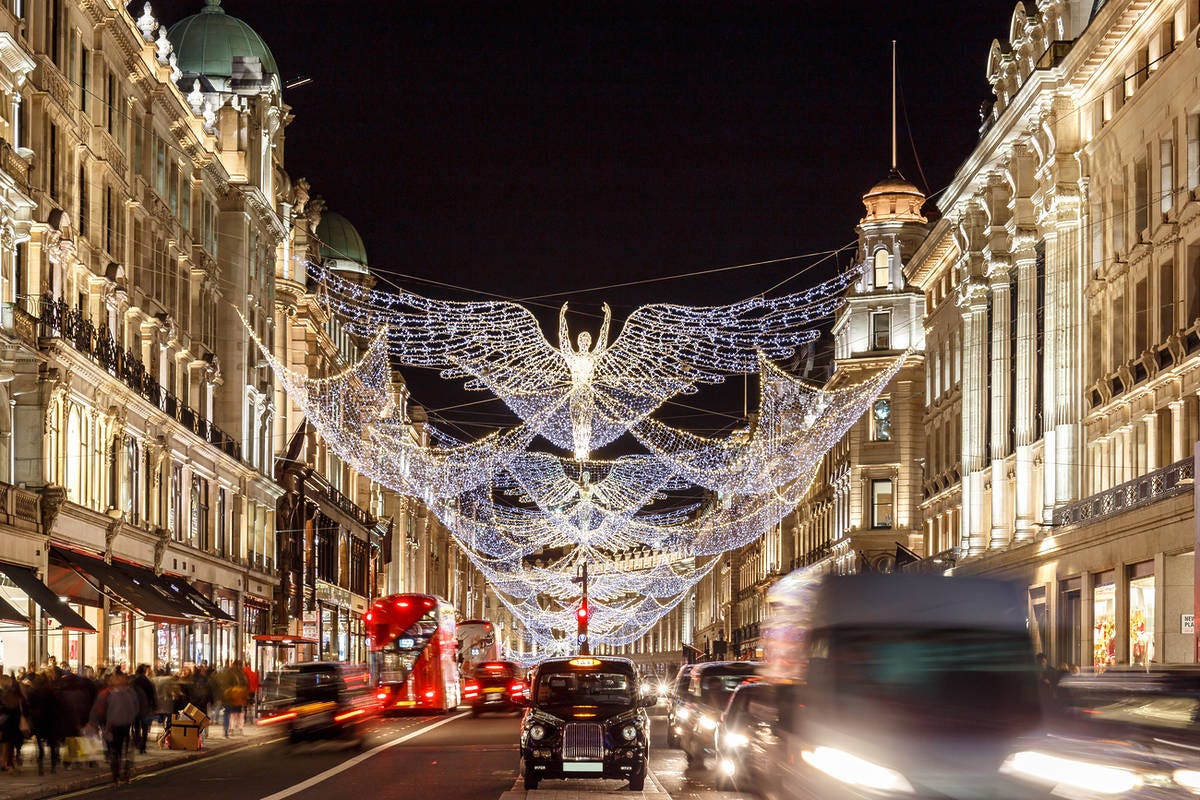
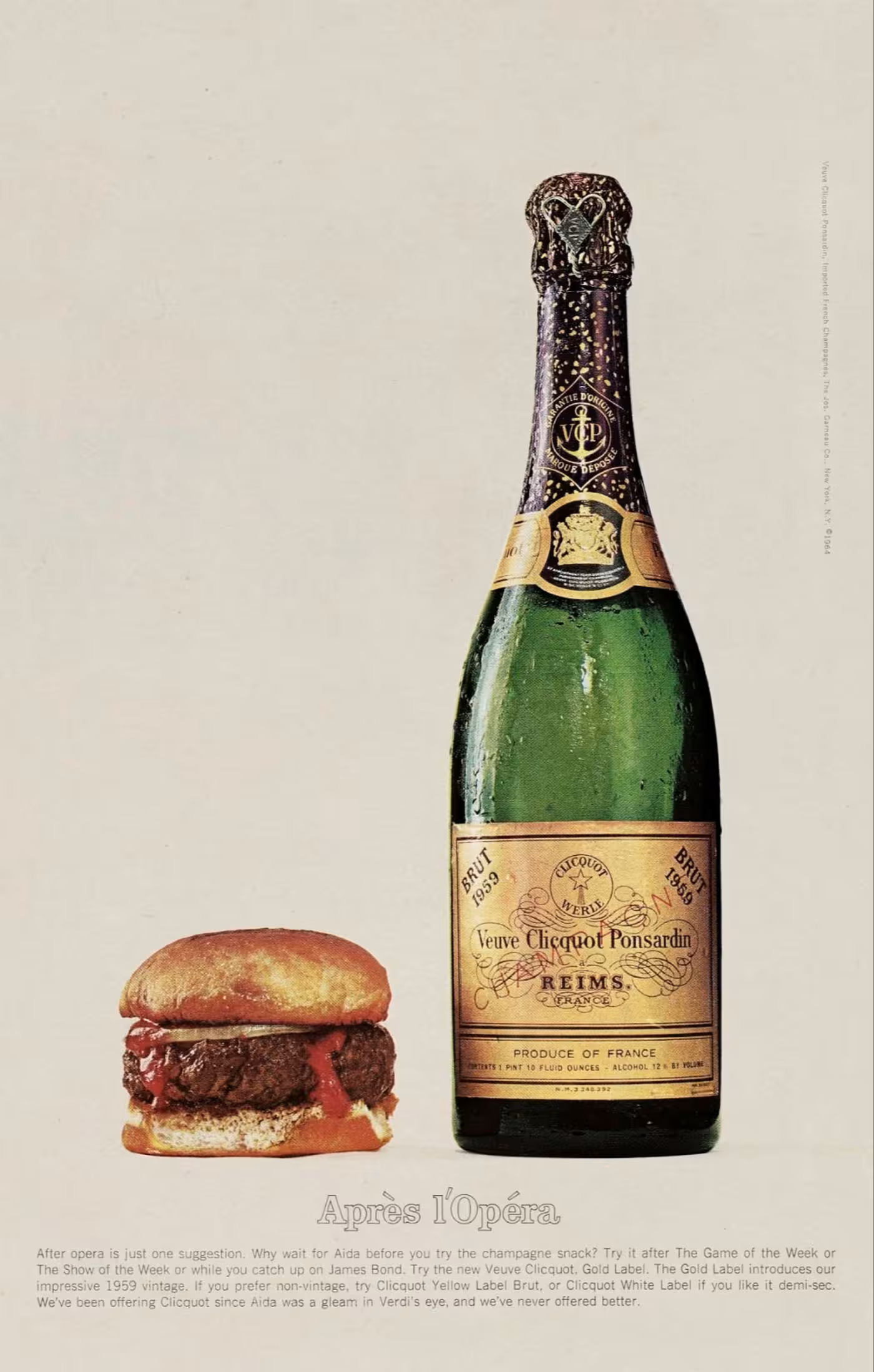
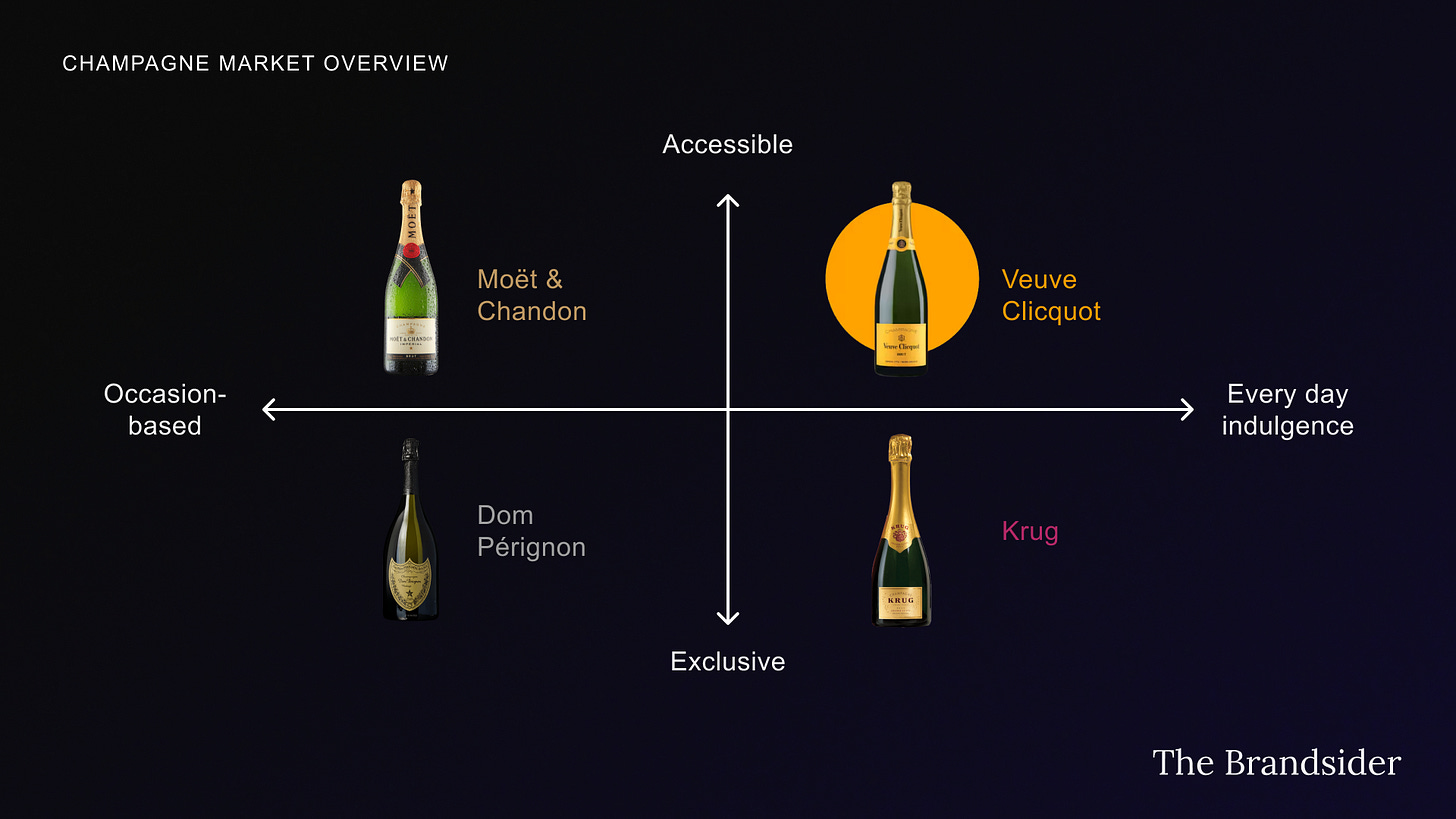

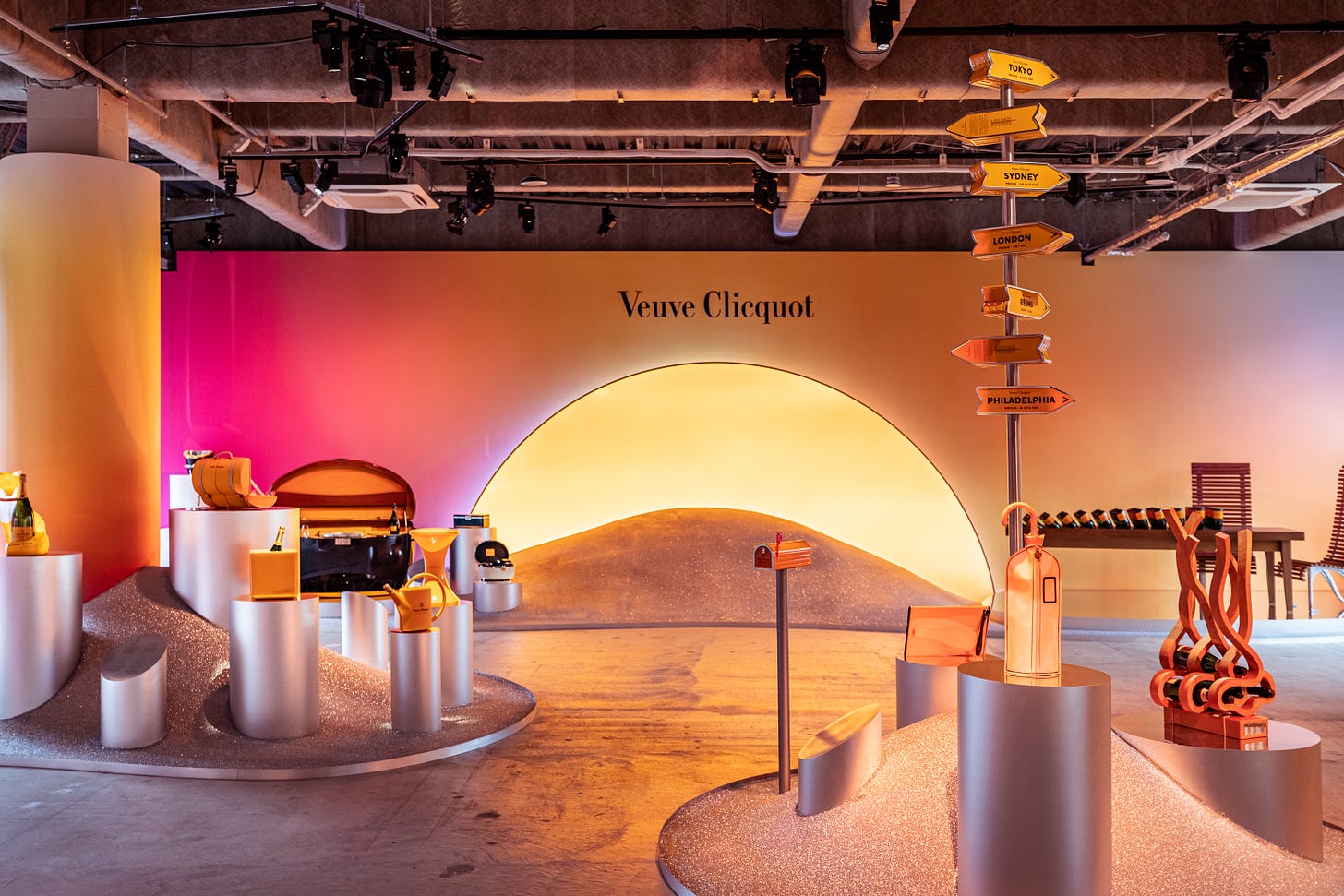
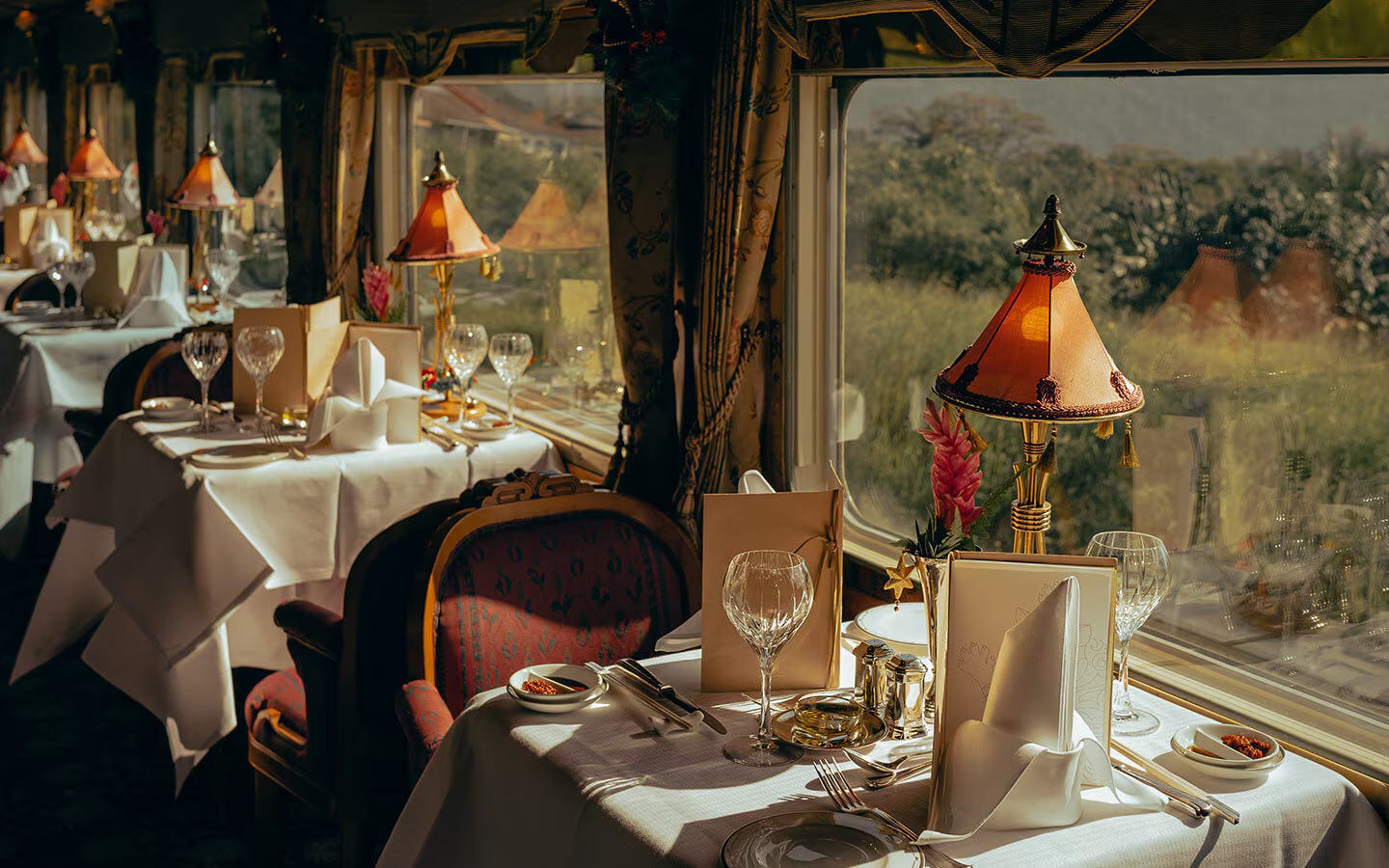
Wow! That's a pretty deep analysis on the brand, I'd love to see their response!